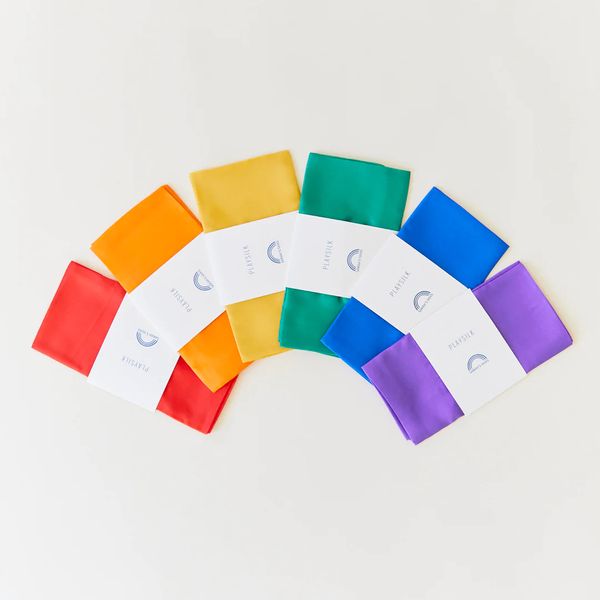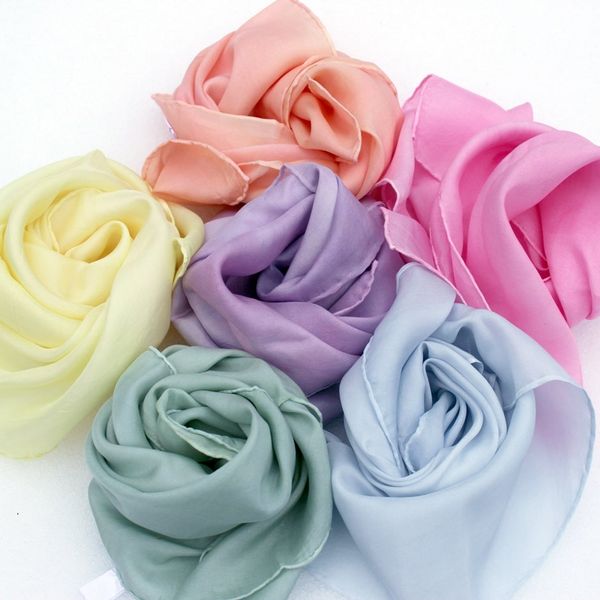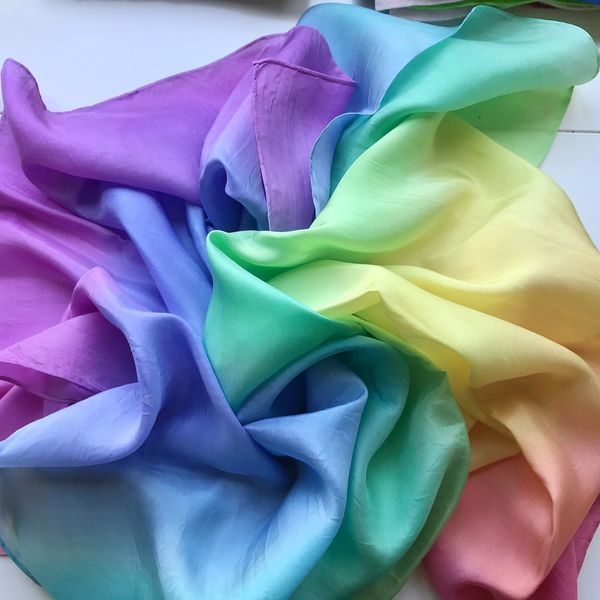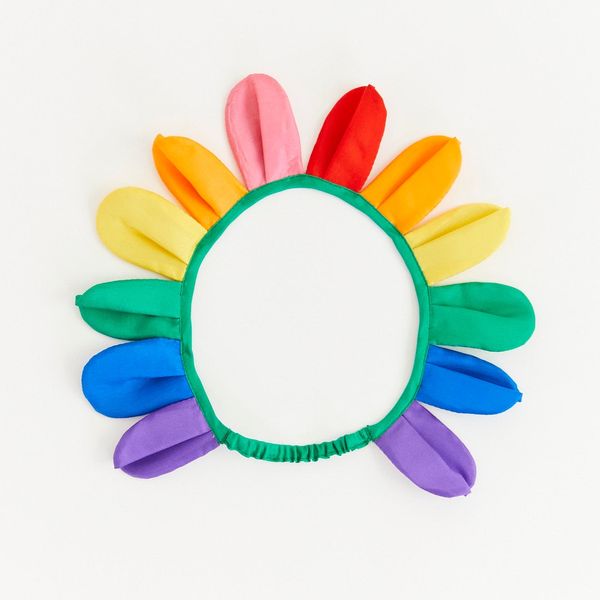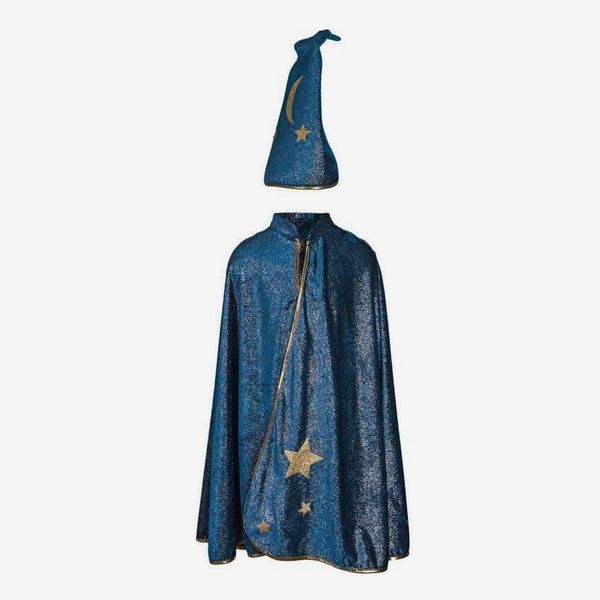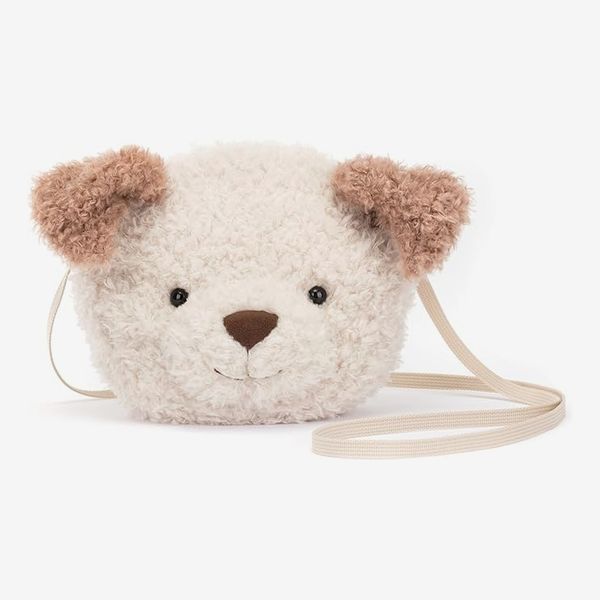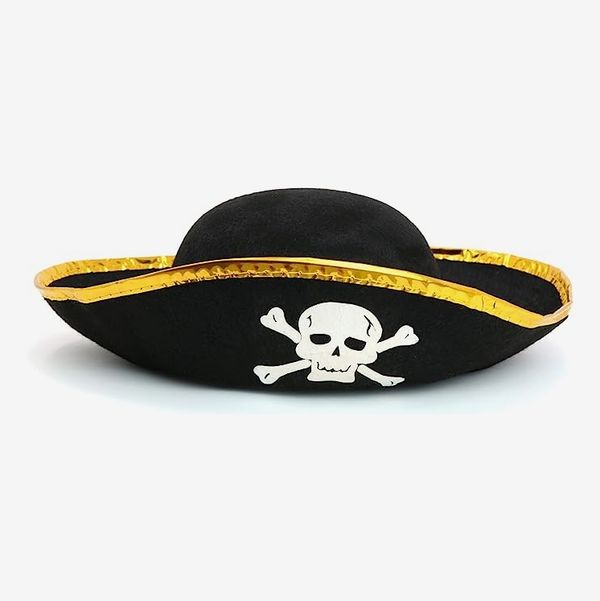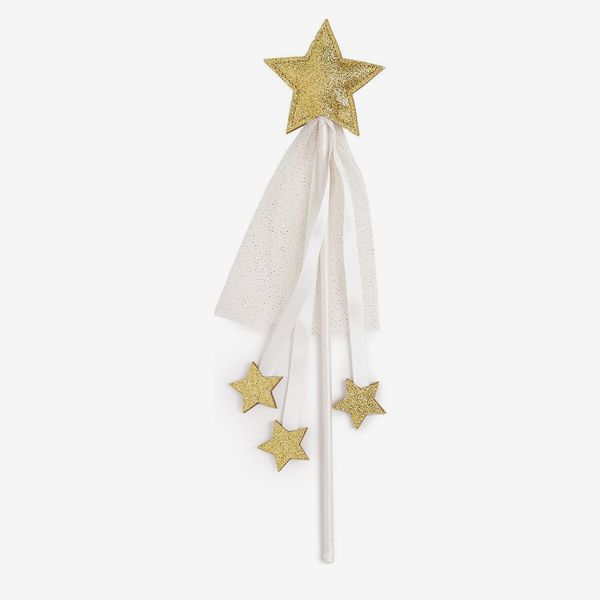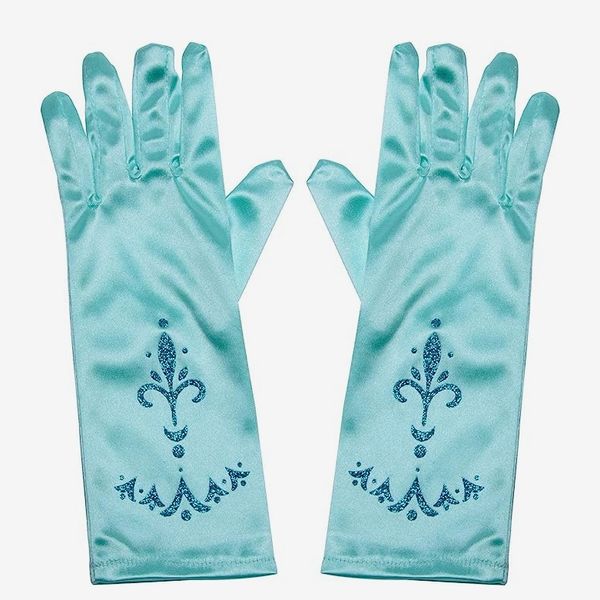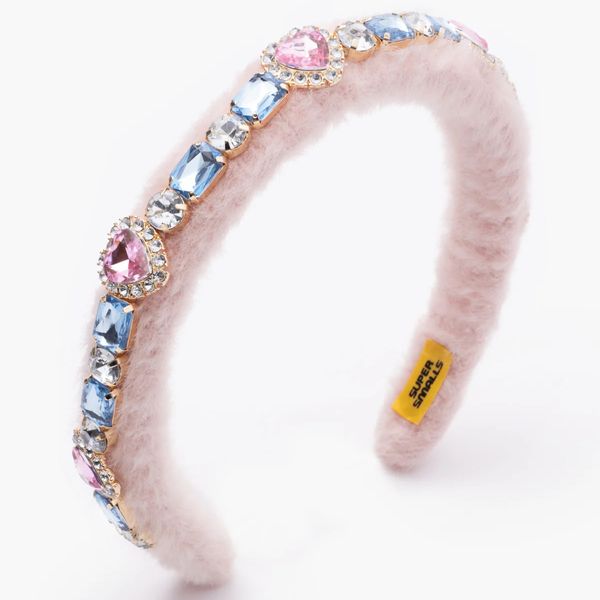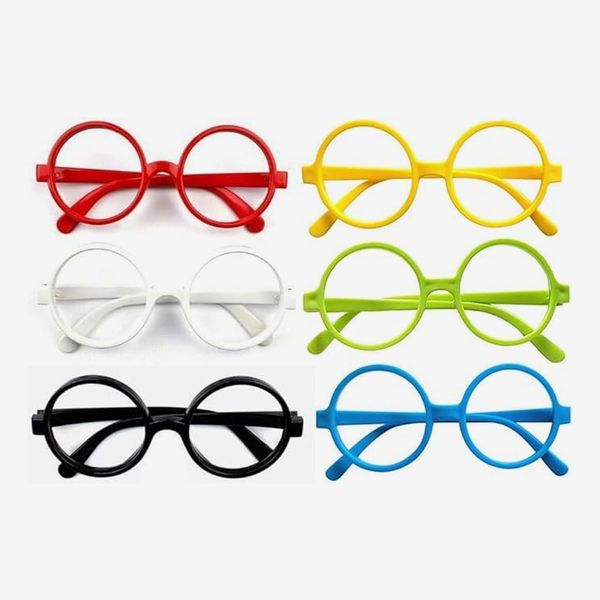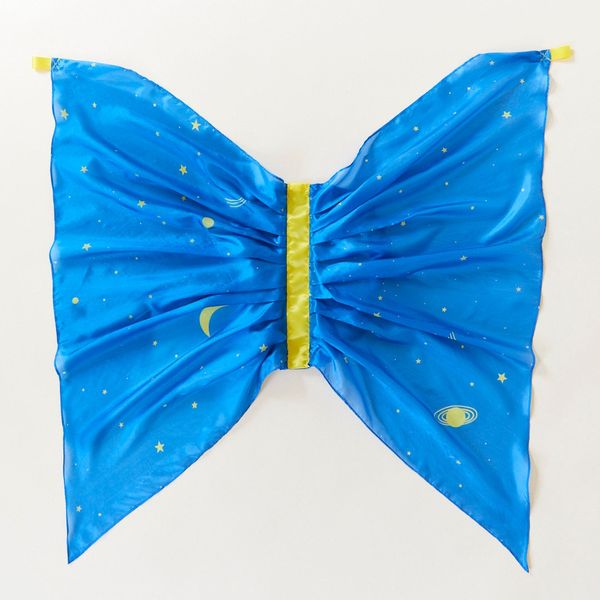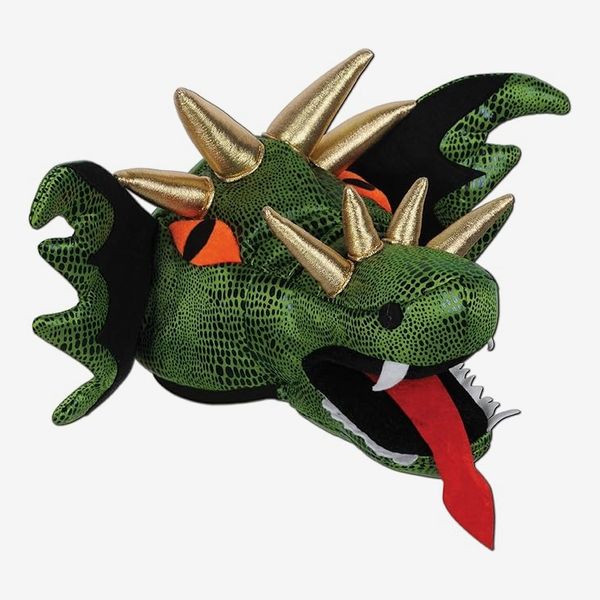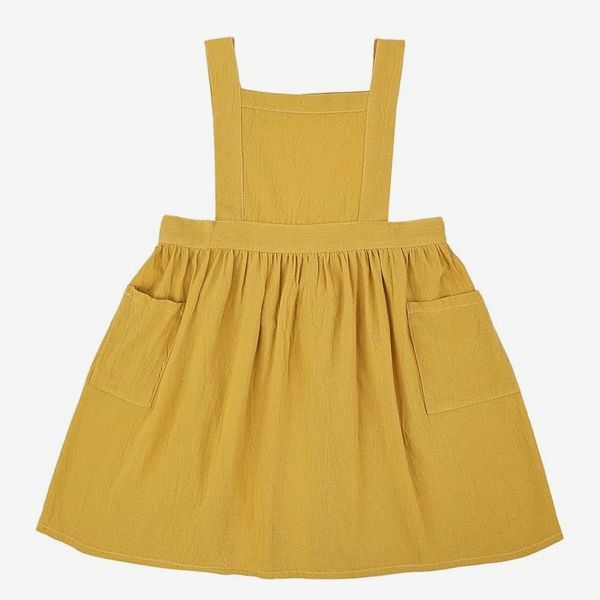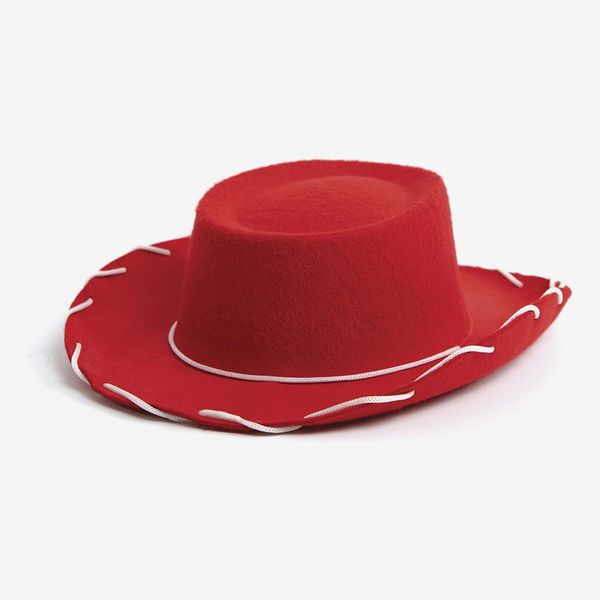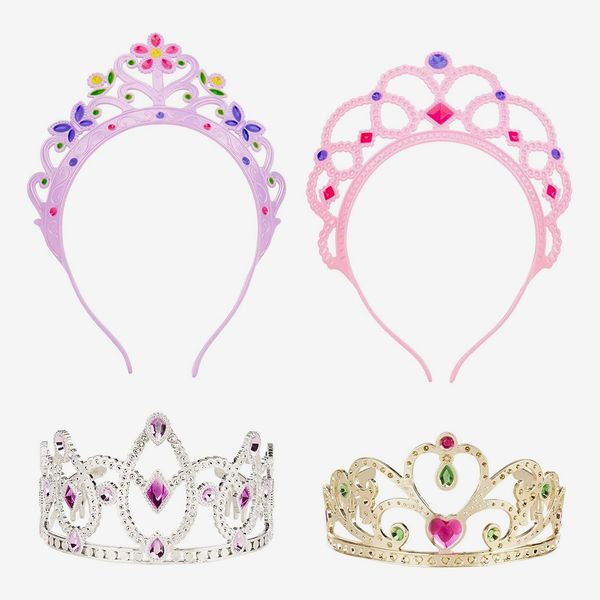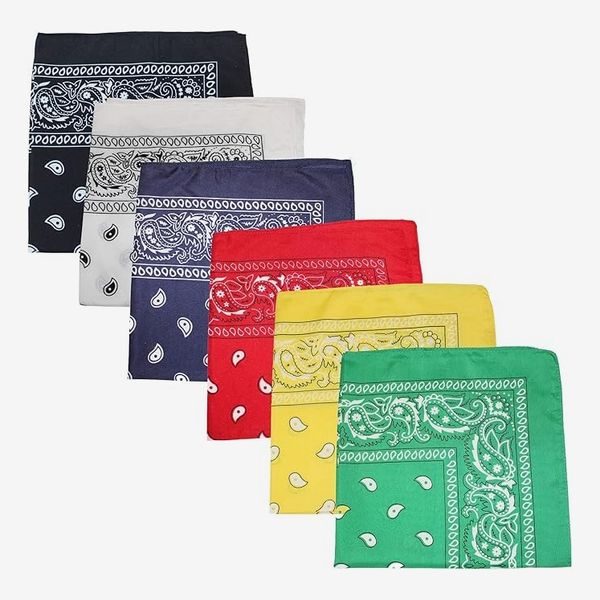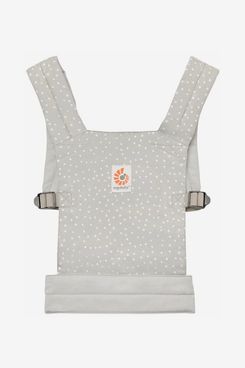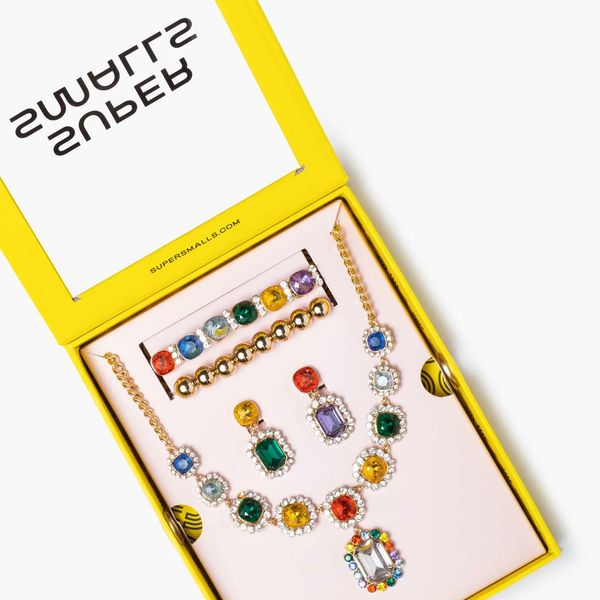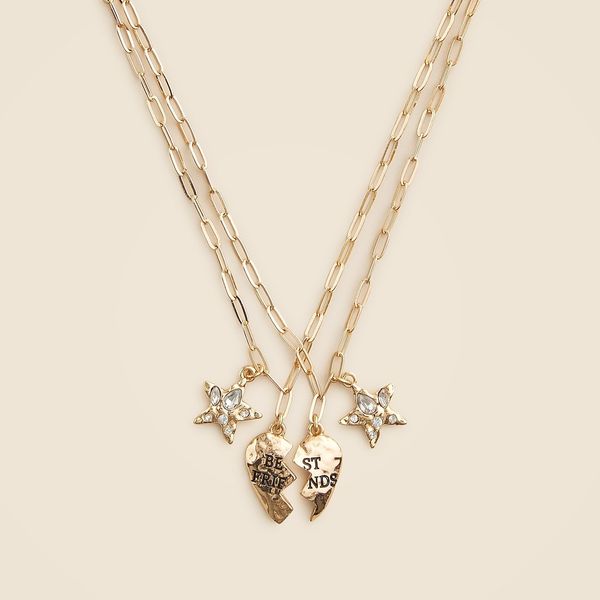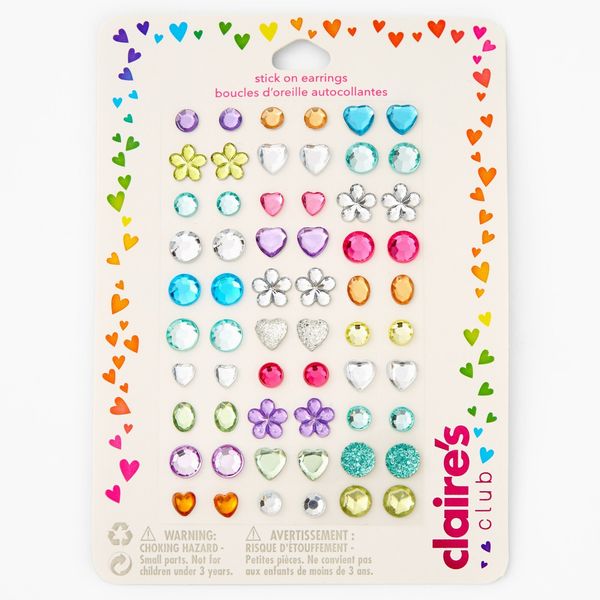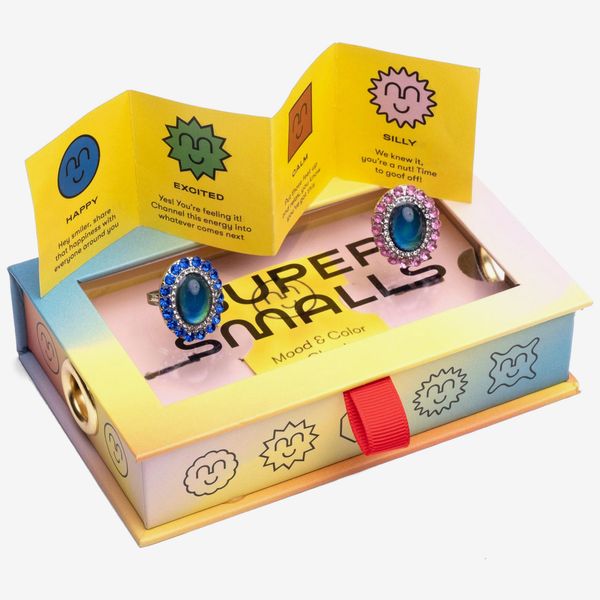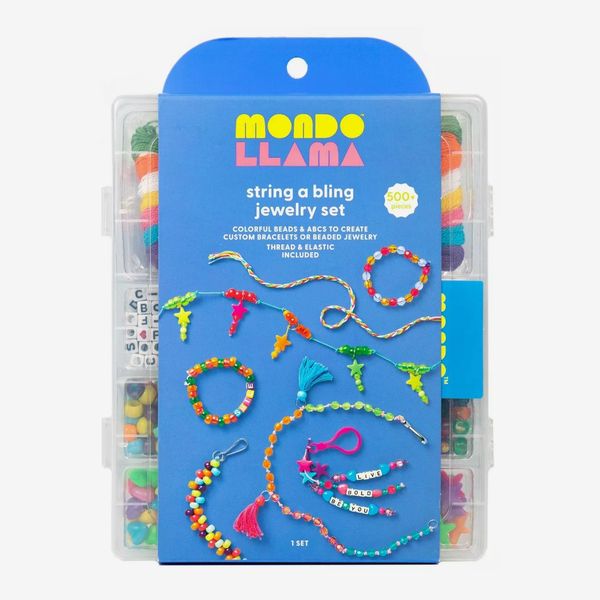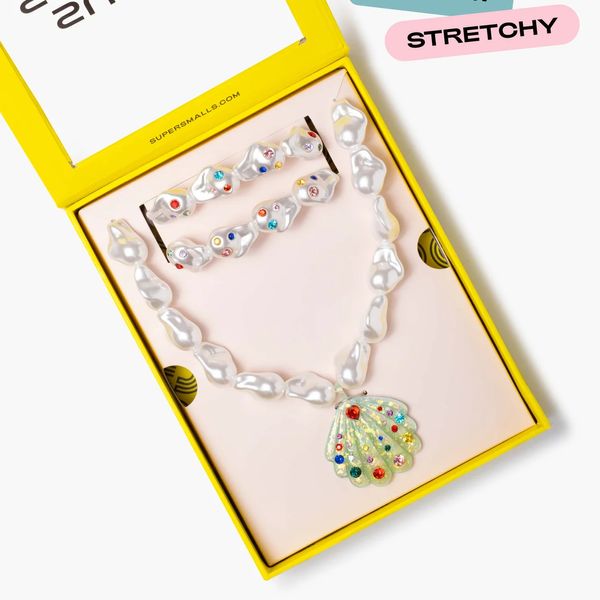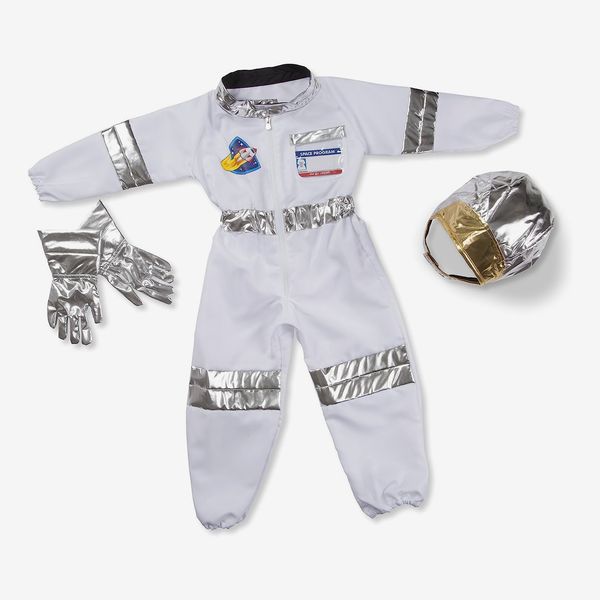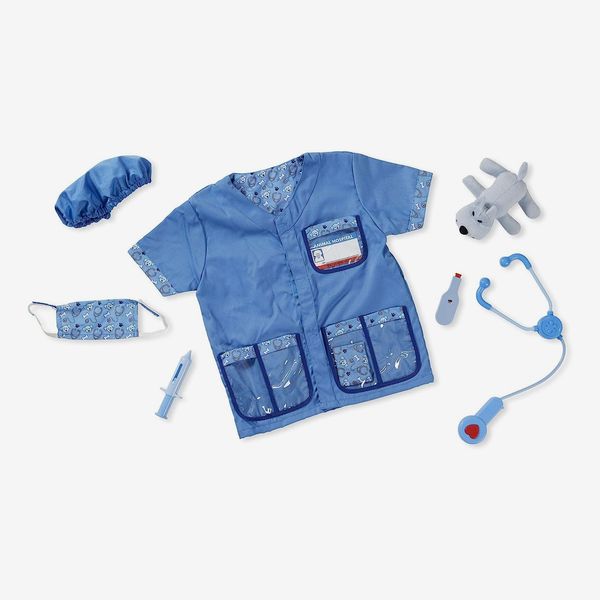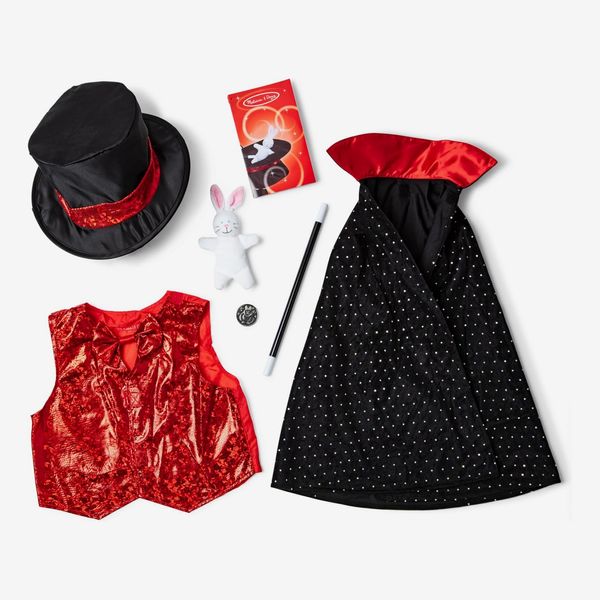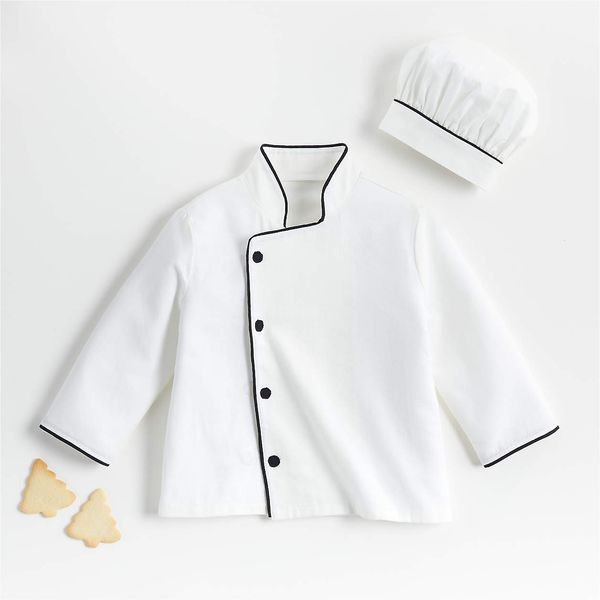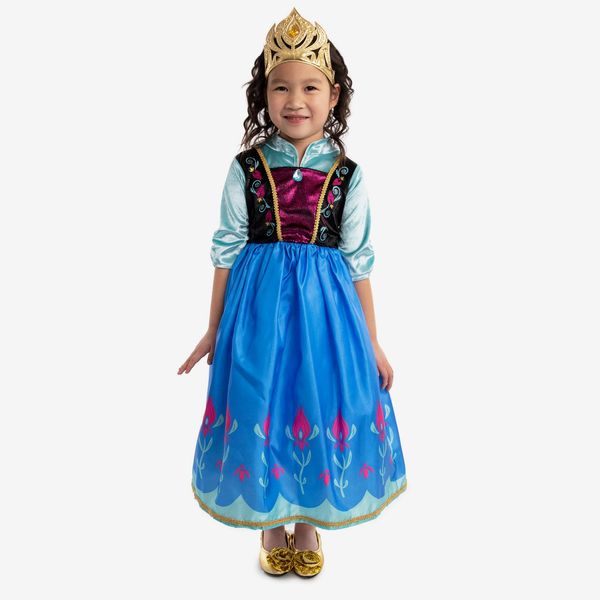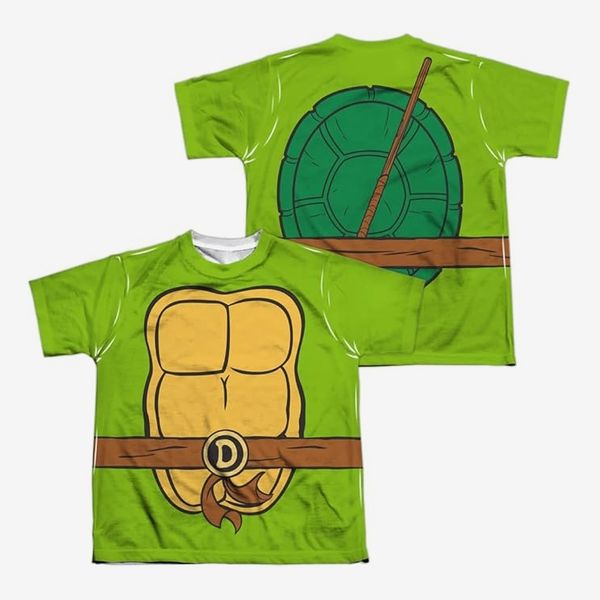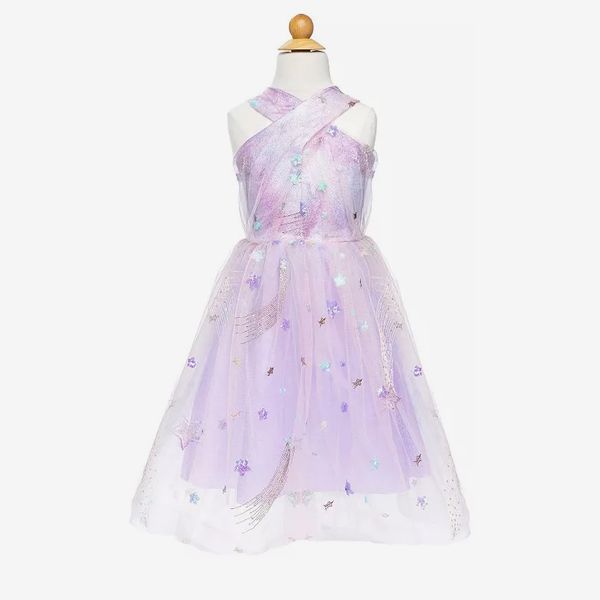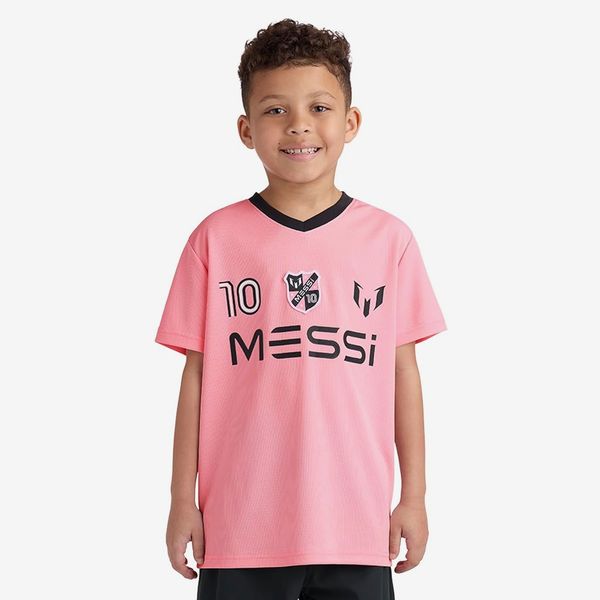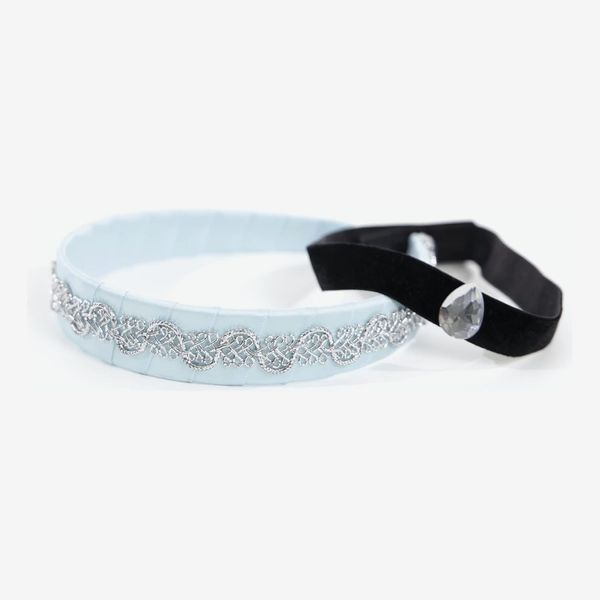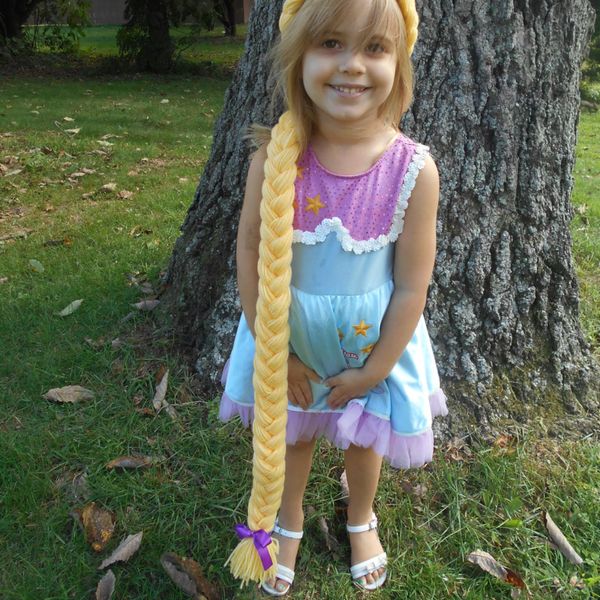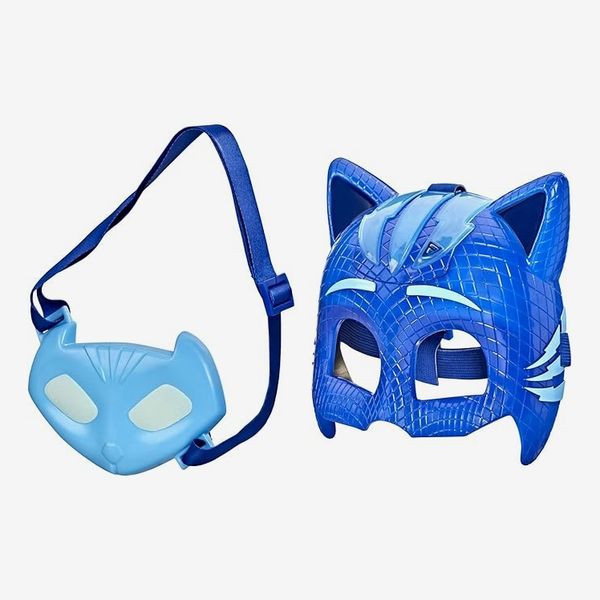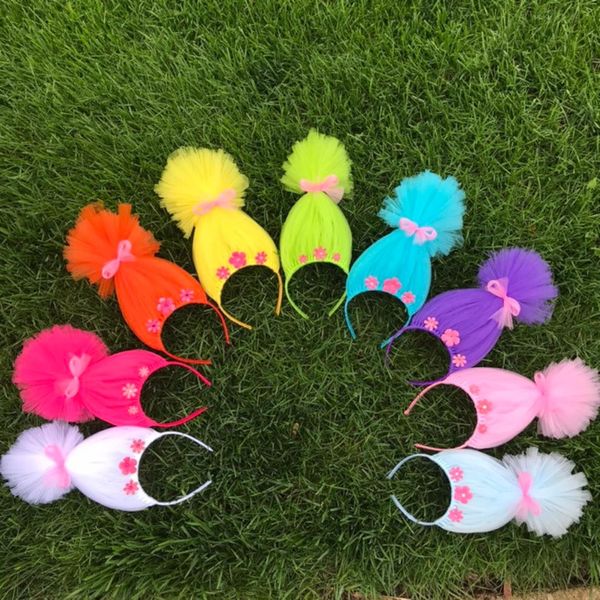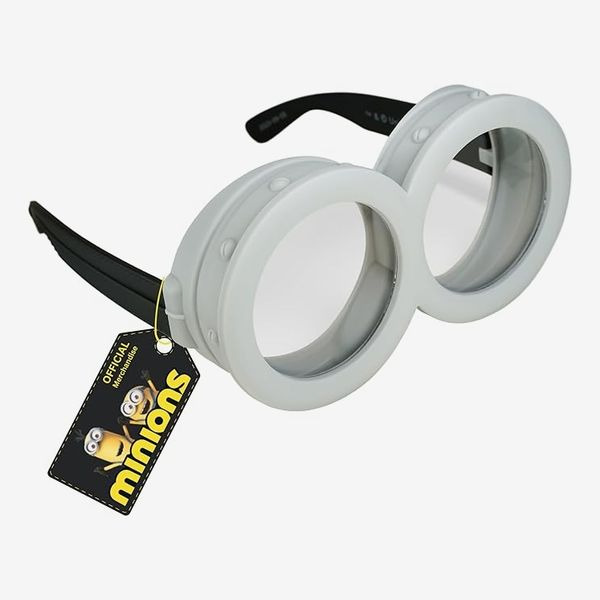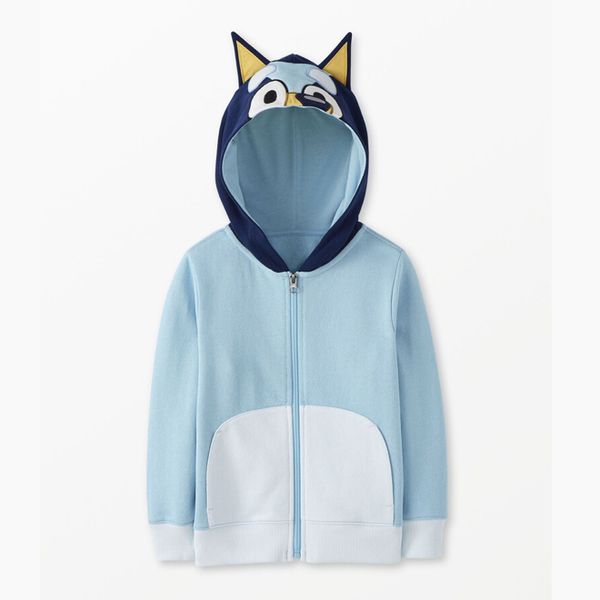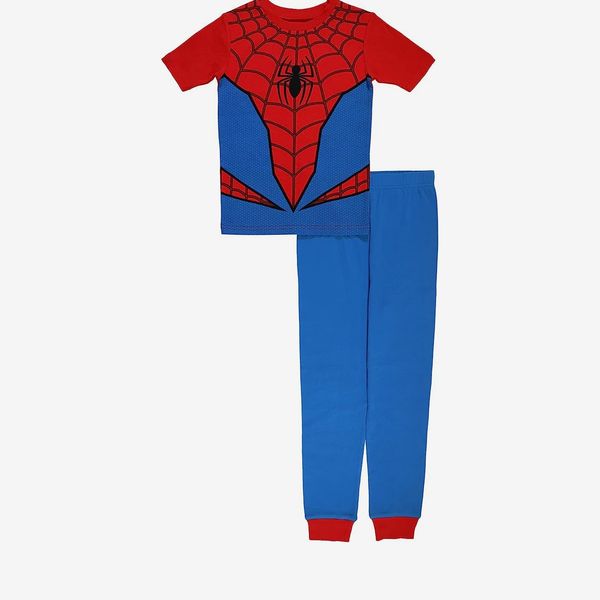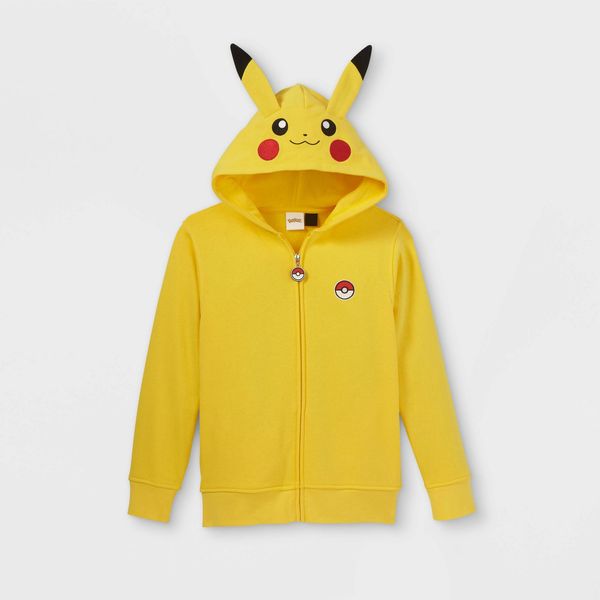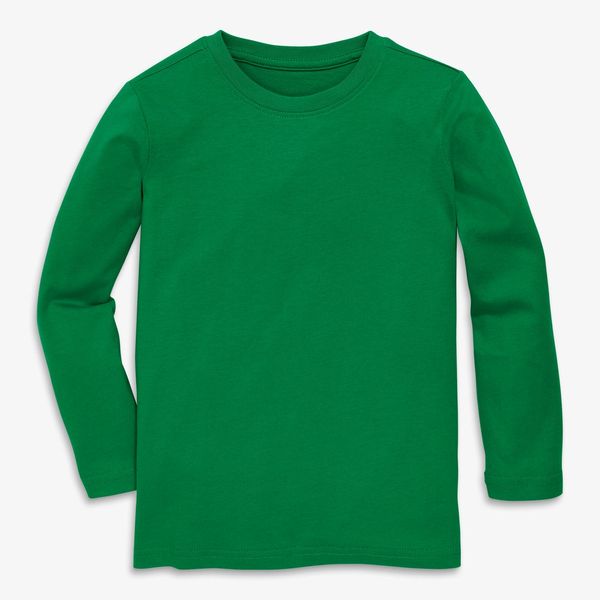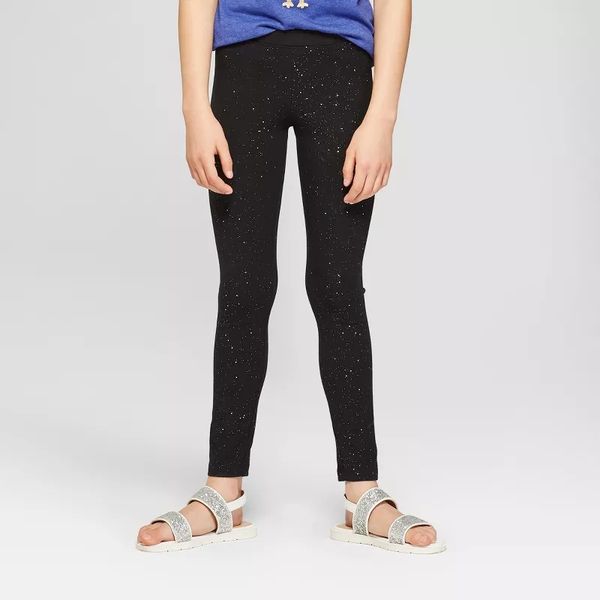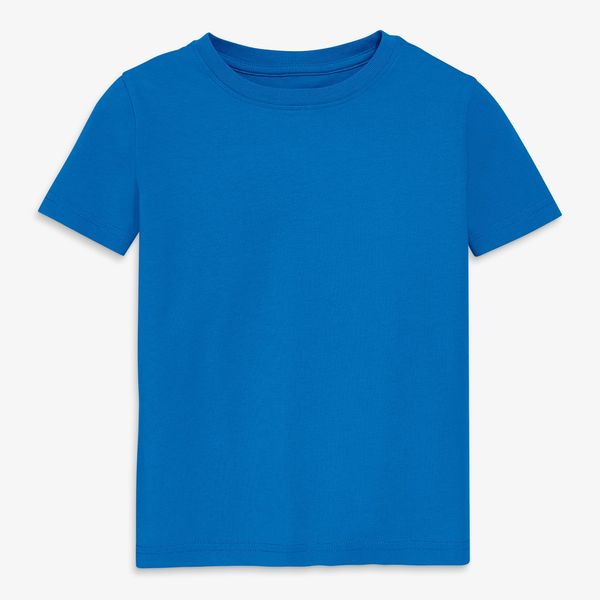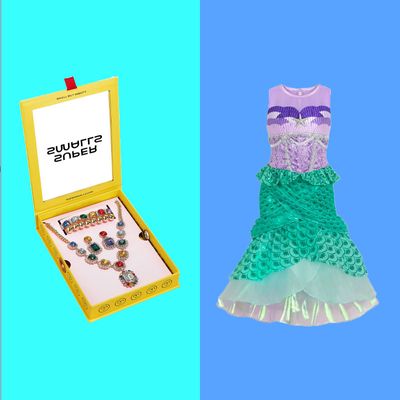
In this article
We all know at least one kid who refuses to wear anything but a princess dress — or a wizard cape, or a Spider-Man costume — from morning to night. And as silly as it can seem to adults, pretending to be someone else is critical to children’s development. “It requires both focus to stay in character and creative thinking to adapt to fit your role,” says Jocelyn Greene, founder of Child’s Play NY, a theater program offering classes, camps, and party services. “When they engage in dramatic play, kids are practicing ‘theory of mind,’ which helps them differentiate themselves from others and is foundational for empathy.”
Children get the most out of playing dress-up starting at around age 3, but any seasoned parent will tell you that the benefits of this type of play can start earlier and will continue for many years. Greene says these skills can’t be taught; kids need play to learn them, and even the simplest costumes and props can spark their imaginations and support their brain development. Dressing up is also just plain fun, as any actor, fashion designer, or stylist can agree. And it doesn’t have to be expensive. Greene likes filling a costume trunk with personal items like great-grandma’s coin purse or a belt you wore in the ’90s. Erin Boyle, mom of three and the writer behind Reading My Tea Leaves, also suggests hitting up your local thrift stores to find fun and affordable dress-up accessories.
But as with other products meant for kids, the younger the child, the more that safety should be a top concern. “Poorly made clothes and accessories with loose buttons or rhinestones can be tricky because my toddler puts everything in her mouth,” says Natalie Ebel, co-founder of Backdrop. She also advises against anything covered in low-quality glitter (if it’s shedding sparkles, leave it on the shelf) because it will “haunt you forever.” To find the best dress-up costumes and accessories, we spoke to seven experts including parents, educators, and toy influencers about everything you need to build a fantastic dress-up trunk.
Play silks
Greene and Boyle both recommended looking for dress-up items that are open-ended and can be adapted for many uses and functions, and named silk play scarves the best example of an open-ended dress-up prop. Boyle says that Sarah’s Silks — a brand we have written about multiple times — is the easiest place to find play silks online but she also suggests buying handmade sets on Etsy. “They’re colorful, they feel nice, and they’re not prescriptive, so kids put them to use in a million different ways: ball gown one minute, knight’s cape another, sail of a pirate ship the next,” she says.
Wings, capes, hats, and other accessories
“In a dress-up starter kit I recommend some capes, wings, gloves, and lots of hats,” says Greene, noting that accessories give children the flexibility to customize a look and put their own stamp on a character.
She suggests providing a variety of options that range from realistic (different pairs of glasses) to magical (a wand) to creature-based (tails or wings). This mix might result in unexpected storylines where, for example, they are “part doctor, part cat, who uses their magical wand to save other animals,” she says.
On a practical level, accessories don’t take up as much space as complete costumes but often get more mileage, says Boyle. Ebel adds that they are often more appropriate for younger children because they are easier to wear: “While my toddler loves putting on long flowy dresses, she often trips on them,” she explains.
One way to make dressing up easier is to get an old-fashioned pinafore apron that kids can put on over their clothes; I learned this tip from my own brother after he bought one for my 4-year-old niece. The Downton Abbey-esque garment can be used as a cooking apron, a nurse’s smock, or a base layer for a princess or dancer. It’s also simple enough to wear to school without looking like a costume.
Strategist contributor Regan Fletcher Stephens, who is also the co-founder Saltete travel guides, recommends stocking your kid’s dress up trunk with a bunch of bandanas. “They’re infinitely useful, well beyond western-themed dressing,” she says explaining that you can fold them into bags, shirts, dresses for babies, tie them into bows, and even pretend they are hair.
And for kids who spend hours playing parent or babysitter the authenticity of a doll-sized Ergobaby baby carrier is hard to beat.
Costume jewelry
Whether it’s from a thrift store, passed down from a friend, or bought new, costume jewelry is always a hit with kids. Need proof? Look at the runaway success of New York brand Super Smalls, a one-stop shop for high-quality play baubles that are designed with help from the founder’s own kids. The chunky necklaces and headbands are among Ebel’s (and her daughter’s) favorite pieces. “It’s fun, glitzy jewelry that my 5-year-old wears all the time,” Ebel says. You can also get high quality kids’ jewels from places like J.Crew, Claire’s, and even Target’s in house brand Mondo Llama.
Professions
Space exploration and astronauts are a classic dress up options and ones that Ebel’s daughter comes back to all the time along with magician and vet. This astronaut costume from Melissa and Doug, the brand most recommended by my panel of experts, is realistic and well-made while also quite affordable and it has the added value of a shiny silver helmet and gloves.
“I’ve been seeing a trend of kids wanting to be heroes and do lots of rescuing and healing,” says Greene. I have seen a similar trend in the toy reporting I do, especially where it concerns taking care of animals. And I’ve included vet kits in many of my toy gift guides for young children. This dress up set includes a vet’s jacket, mask, cap, thermometer, stethoscope with sound effects, syringe, plush dog, and reusable name tag. For added realness, my brother recommends getting kids an actual working (kid-sized) stethoscope so they can listen to their own heartbeat and that of their friends or pets.
You’ll also get a lot of bang for your buck out of this magician dress up set that includes a hat, cape, sequin vest, trick coin, magic wand, and disappearing white rabbit.
This customizable chef coat and hat is a bit pricier than the Melissa & Doug version. But it’s worth it for kids who will wear it to actually cook since it’ll stand up to more messes and more washings.
Mirabel, Spider-Man, and Other Favorite (Licensed) Characters
While Elsa and the rest of the Disney princesses are still a big deal, and so are Harry Potter, Pikachu, Spider-Man, and the Teenage Mutant Ninja Turtles, your child will have their own opinions about which characters they most want to inhabit. My niece has a large collection of princess dresses, and according to her parents the best ones are from the brand Little Adventures because they are affordable, well-made, and easy to put in the washing machine. Ebel says that elaborate costumes, like my nieces, are great for older children as long as they can easily put them on by themselves. But you don’t have to strictly purchase full outfits or even costumes. There are tons of character-driven masks, wigs, glasses, and headbands that’ll bring children just as much joy. And according to Strategist senior editor Jen Trolio, many kids’ clothing brands make hoodies and T-shirts that double as dress-up and regular clothes, perfect for those kids who like to live everyday as their favorite character.
Base Layers
Trolio also recommends buying a rainbow of durable basics like T-shirts and leggings that kids can easily use as the base layer for any costume from dragons and unicorns to ballerinas and veterinarians. The colorful basics from kids’ brand Primary are her favorite because they’re affordable and they last. Target’s in-house kids’ clothing line Cat & Jack is another even more affordable option that Trolio and her kids often turn to — one of her daughters recently used a pair of the brand’s black sparkle leggings as the foundation for a “glitter bat” look.
Our experts:
• Marissa Ashton, toy influencer and parent
• Erin Boyle of Reading My Tea Leaves
• Emil Corsillo, designer and parent
• Natalie Ebel, cofounder of Backdrop
• Jocelyn Greene, founder of Child’s Play NY
• Ariel Grun, VP of merchandising at Camp
• Regan Fletcher Stephens, Strategist contributor and co-founder of Saltete
• Jen Trolio, Strategist senior editor and mom of two
The Strategist is designed to surface the most useful, expert recommendations for things to buy across the vast e-commerce landscape. Some of our latest conquests include the best acne treatments, rolling luggage, pillows for side sleepers, natural anxiety remedies, and bath towels. We update links when possible, but note that deals can expire and all prices are subject to change.

